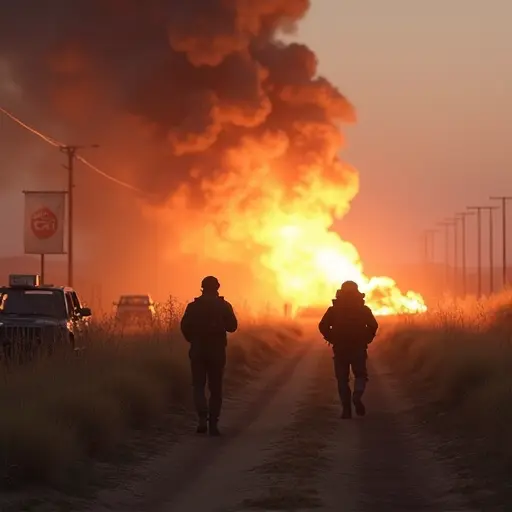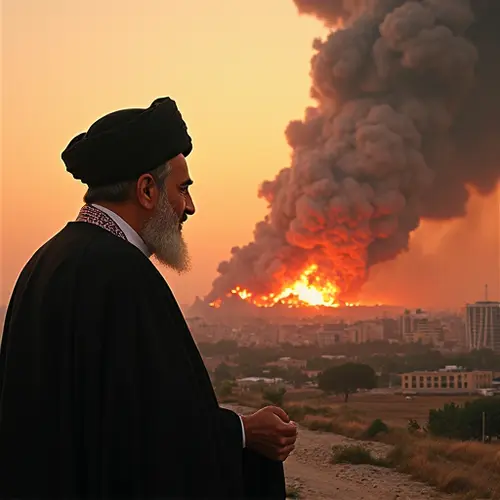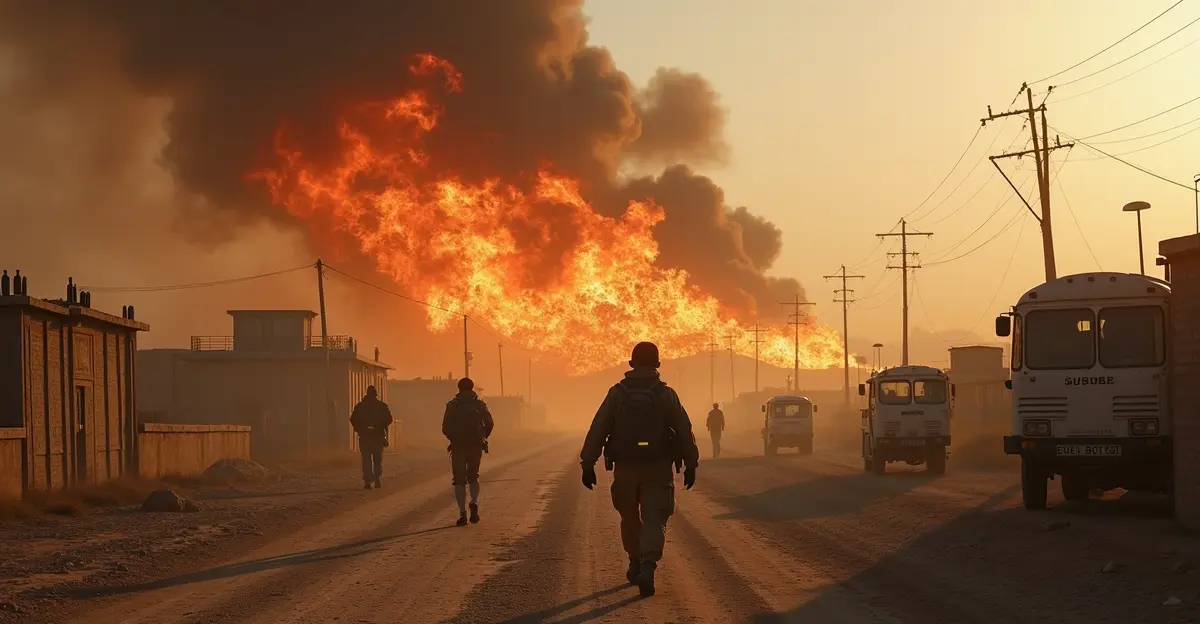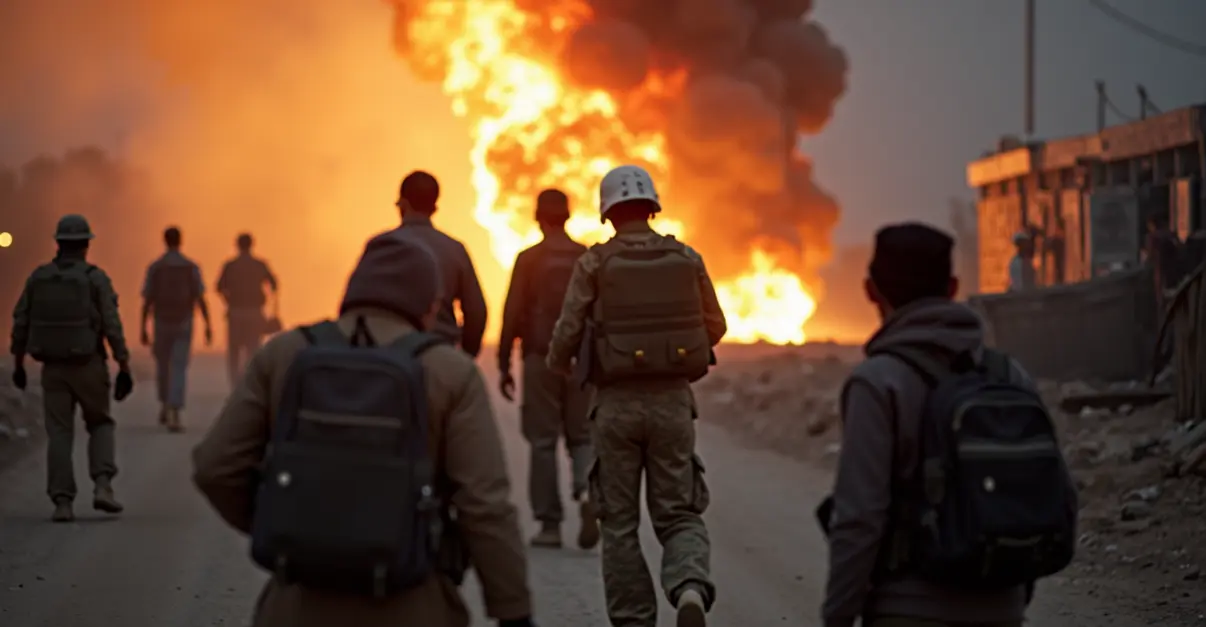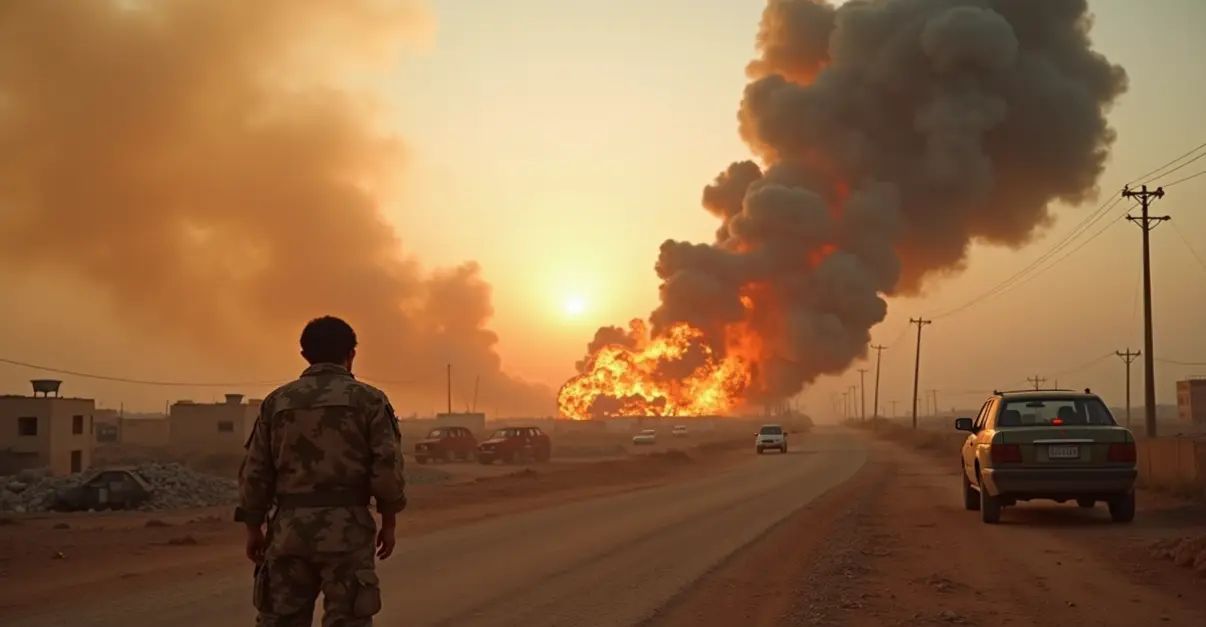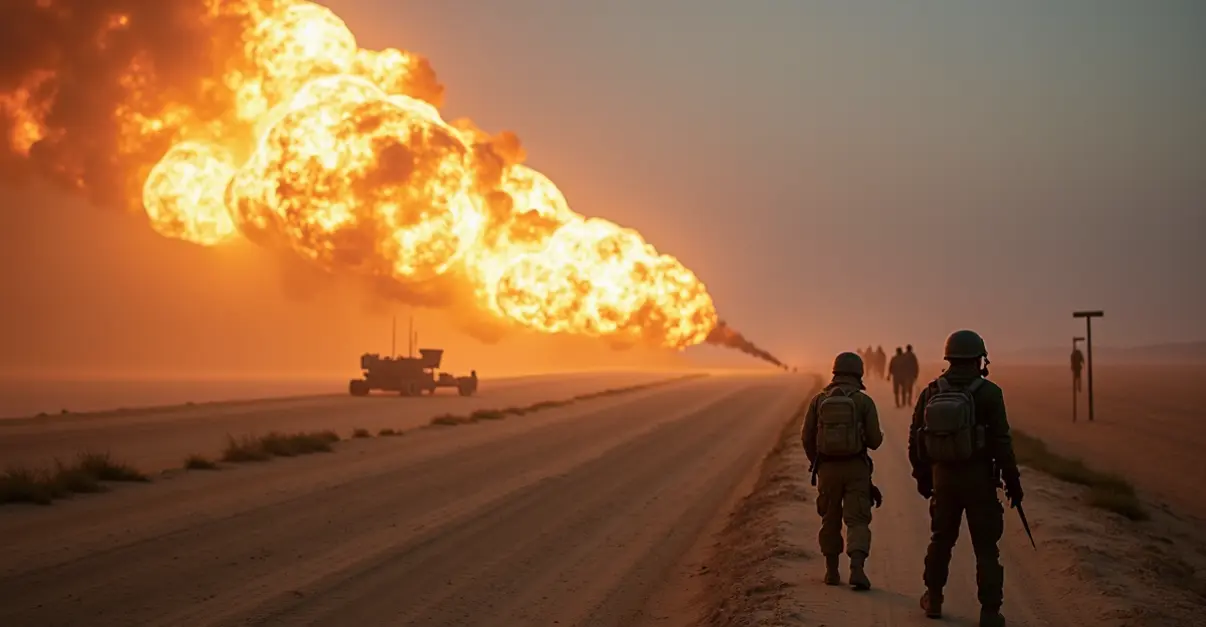Iran and Israel engaged in unprecedented direct conflict in June 2025, with massive strikes causing hundreds of casualties and billions in damage. A fragile ceasefire was achieved after 12 days, but regional tensions remain high as diplomatic efforts continue.
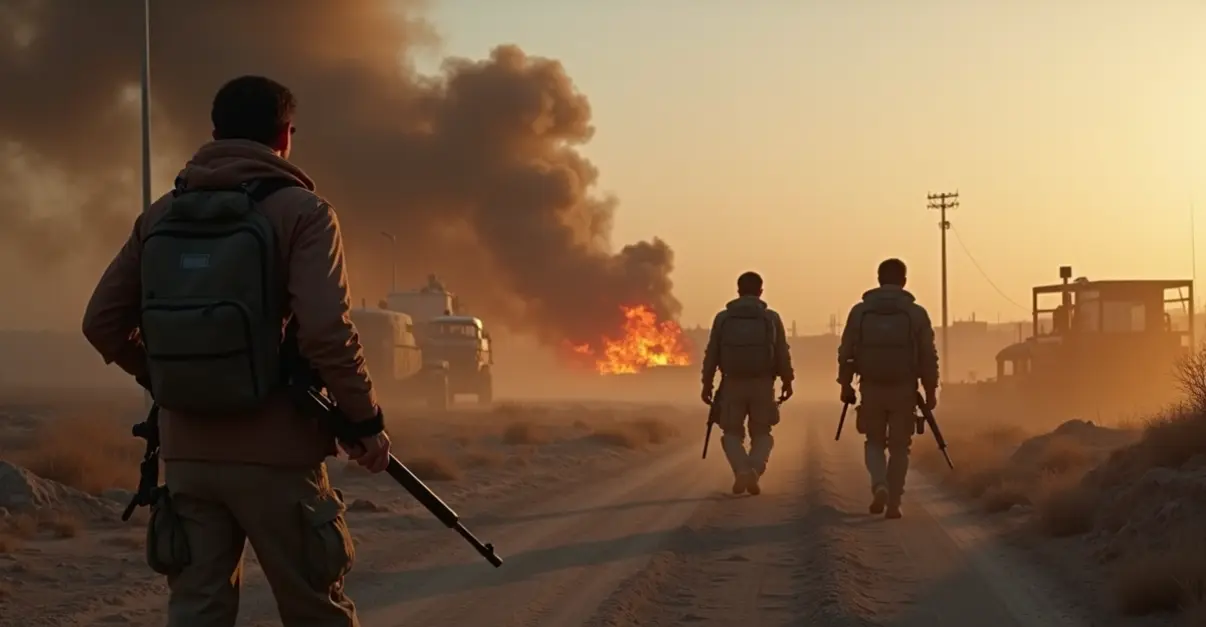
Direct Conflict Reaches Dangerous New Heights
The Middle East witnessed unprecedented escalation in June 2025 as Israel and Iran engaged in direct military confrontation for the first time in decades. What began as Israeli strikes on Iranian nuclear facilities quickly spiraled into a 12-day conflict that reshaped regional security dynamics and tested international diplomatic efforts.
Operation Rising Lion Sparks Crisis
On June 13, 2025, Israel launched Operation Rising Lion, targeting key Iranian nuclear and military installations across 28 provinces. The sophisticated attack involved advanced weaponry including F-35I stealth fighters and precision-guided munitions, resulting in significant damage to Iran's nuclear infrastructure and the deaths of prominent military leaders and nuclear scientists.
'This represents a fundamental shift in the rules of engagement between our nations,' stated an Israeli defense official who spoke on condition of anonymity. 'We could no longer tolerate the existential threat posed by Iran's nuclear program.'
Iran's Massive Retaliation
Iran responded with overwhelming force, launching between 370-550 ballistic missiles and over 1,000 suicide drones toward Israeli territory. While Israel's multi-layered air defense system achieved an impressive 90% interception rate, the attacks still caused significant damage and casualties.
The conflict reached a critical turning point on June 22 when U.S. forces conducted Operation Midnight Hammer, deploying over 125 aircraft and seven B-2 bombers in what became the largest B-2 operational strike in U.S. history. The coordinated attacks targeted three key Iranian nuclear facilities at Natanz, Fordow, and Isfahan.
Humanitarian Crisis Unfolds
The human cost of the conflict has been devastating. According to HRANA reports, Israeli strikes caused at least 5,665 casualties in Iran (1,190 killed, 4,475 injured), while Israel reported 28 civilian deaths and over 3,000 wounded from Iranian attacks. The conflict disrupted daily life across Iran with internet blackouts, banking service interruptions, and reduced medical capacity.
'The scale of destruction is unprecedented in modern Iranian history,' said a Tehran-based humanitarian worker. 'We're seeing entire neighborhoods without power, hospitals overwhelmed, and families displaced from their homes.'
Diplomatic Efforts Intensify
Regional powers immediately mobilized to prevent wider conflict. Gulf Arab states including Saudi Arabia, UAE, Qatar, and Oman engaged in high-level diplomatic efforts to broker a ceasefire. Qatar and Oman proposed linking a truce to renewed US-Iran nuclear negotiations, with Iran potentially accepting a one-year enrichment pause in exchange for sanctions relief.
The United Nations played a crucial role, with UN Deputy Human Rights Chief Nada Al-Nashif calling for immediate diplomatic negotiations. 'We are witnessing a dangerous escalation that threatens regional stability,' she stated in an urgent appeal. 'Both sides must fully respect international law and prioritize civilian protection.'
Ceasefire Achieved, But Fragile
On June 24, 2025, Israel and Iran agreed to a ceasefire under intense U.S. pressure, ending the 12-day conflict. However, the agreement represents an informal pause rather than a formal ceasefire, leaving high risks of renewed tensions.
The conflict has significantly set back Iran's nuclear program, though experts debate the extent of the delay. The International Atomic Energy Agency reported that two Iranian centrifuge production facilities suffered major damage, raising concerns about potential hazardous leaks.
'This ceasefire is a significant achievement, but the window for diplomatic solutions is narrowing,' warned UN political affairs chief Rosemary DiCarlo in a recent statement. 'A lasting solution to the Iranian nuclear issue can only be through a negotiated deal, not military action.'
Regional Realignment Underway
The conflict has accelerated regional realignment, with Gulf states increasingly hedging their security arrangements and diversifying defense partnerships beyond the U.S. due to concerns about American reliability. Both Israel and Iran are now preparing for potential future conflict, with Iran rebuilding its military capabilities with Russian and Chinese support while Israel maintains its military superiority.
The economic impact has been staggering, with Iran facing catastrophic losses estimated at $150-200 billion due to damage to oil exports and infrastructure, while Israel's costs ranged from $8.7-25 billion for missile defense and repairs.
As the region navigates this new reality, diplomatic efforts continue behind the scenes to prevent another dangerous escalation that could plunge the Middle East into wider conflict.

 Nederlands
Nederlands
 English
English
 Deutsch
Deutsch
 Français
Français
 Español
Español
 Português
Português




